I am trying to drive a MOSFET using a TL494 IC. The controller IC is separated from the power circuit using a transformer. LTspice is unusually slow while simulating this circuit.
This is my schematic:
Following the secondary of the transformer, there is a DC restoration circuit and a Zener diode to limit the voltage pulses to nearly 15 V. Before connecting the output of this Zener diode to the MOSFET gate-source, I am getting good pulses as shown below (at the output of the Zener diode before interfacing the converter):
After the converter is interfaced, there is initially an output but it ramps down to zero after some time. The output pulses at the Zener diode (AB) also behave abnormally. I don't know what the reason behind this might be. This is the output after interfacing:
In the above figure, the green coloured waveform is the output of the Zener diode and the blue coloured one is the output of the buck-boost converter. All my files are available here (see 'Final Circuit').


